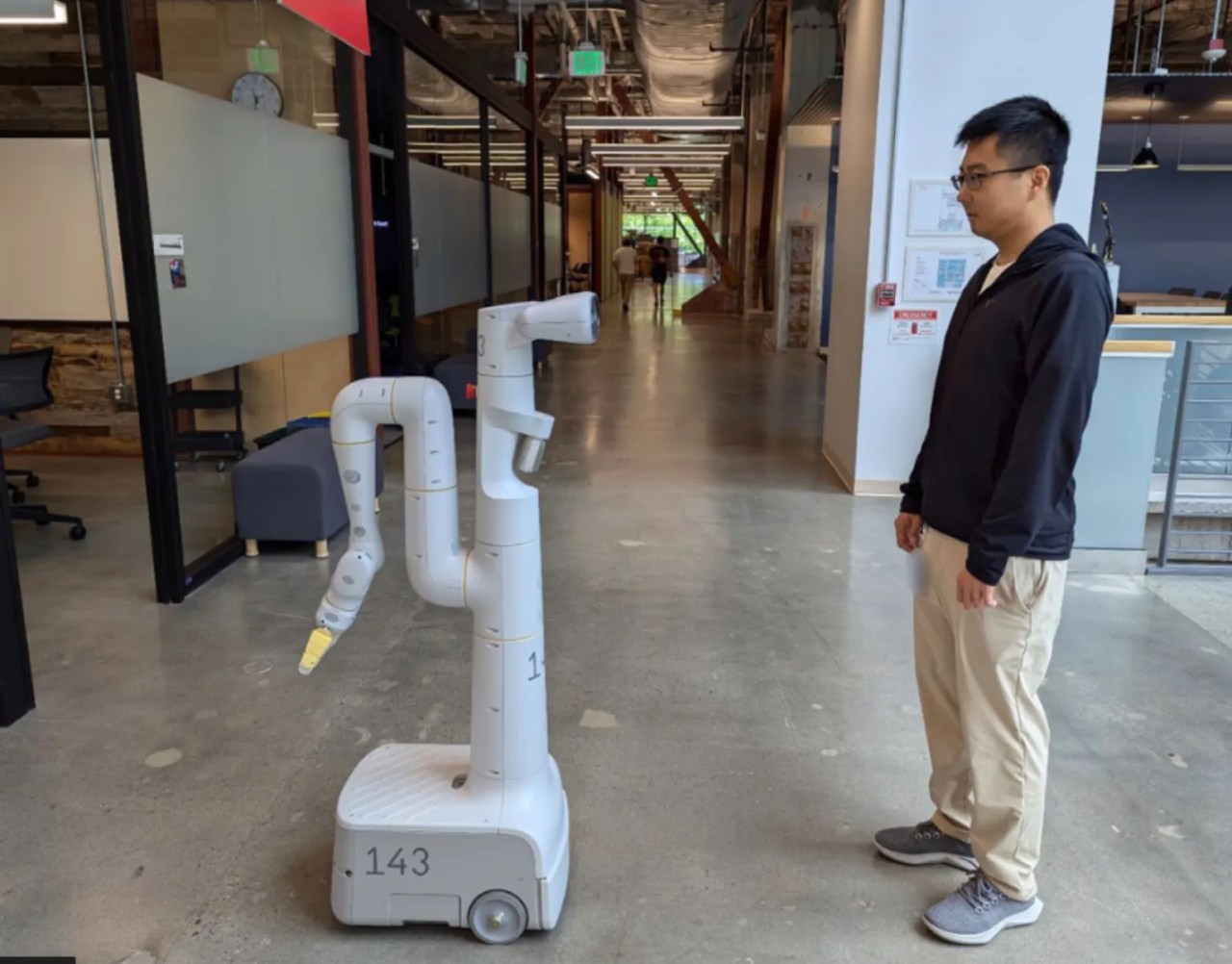Imagine walking into your office and being greeted by a robot ready to assist you in any task you might need help with — from fetching supplies to guiding you toward the nearest coffee machine. This futuristic scene is not merely a figment of science fiction, but a reality being explored by Google’s DeepMind Robotics team. With their latest innovation, they are blurring the lines between artificial intelligence and practical robot functionality, particularly in navigation.
Introducing Gemini: The Brain Behind the Robot
At the heart of this robotic revolution is Google’s Gemini 1.5 Pro, a model designed to integrate multimodal capabilities. The proposed method of navigation is elegantly discussed in their recent paper: “Mobility VLA: Multimodal Instruction Navigation with Long-Context VLMs and Topological Graphs.” This research practically demonstrates the application of advanced AI in making robots more autonomous and interactive.
Real-world Application: Navigating the Office
DeepMind’s initiative utilized their Every Day Robots, which were initially introduced before budget cuts slowed their development. In a series of engaging video demonstrations, these robots showcased their newly acquired navigation skills in an expansive 9,000-square-foot office setting. The interaction begins with a command: “OK, Robot.” The office personnel then competently issue tasks, prompting the robots to exhibit their understanding and ability to navigate complex environments.
Enhanced Interactivity
One standout moment features a Google employee instructing the robot to guide him to a wall-sized whiteboard to draw. The robot, clad in a charming yellow bowtie, pauses briefly before executing the command and makes its way to the desired location. This level of engagement signifies a leap forward in robot-human interaction, showcasing how language proficiency and action-oriented understanding can be seamlessly integrated.
Problem Solving and Navigation Skills
In another instance, a different employee directs the robot to find the “Blue Area” by following a simple set of mapped instructions. The robot not only comprehends the order but also proves its problem-solving prowess by opting for a longer, efficient route to the goal. With confidence, it announces, “I’ve successfully followed the directions on the whiteboard,” a statement that undoubtedly defines its learning success.
The Technology Behind the Magic
The robots receive guidance through a process aptly named “Multimodal Instruction Navigation with demonstration Tours (MINT).” This process involves physically walking the robot through the environment and verbally highlighting landmarks. With this combination of human-led demonstrations and sophisticated analytical capabilities, the robot becomes adept at responding to various stimuli, including verbal commands, gestures, and written cues.
Success Rate and Future Implications
According to Google, the robots achieved a remarkable success rate of approximately 90% across over 50 interactions. This statistic paints a promising picture of the potential for such technology in workplaces, where efficient navigation can enhance workflow and productivity.
Looking Ahead: The Path to Integration
As we glance into the horizon of robotic applications, the integration of AI in mobile navigation suggests a future where human-robot collaboration will be prevalent and effective. From customer service to logistical operations, the capabilities demonstrated by DeepMind’s robots herald a shift towards smarter environments where assistance is just a command away.
Conclusion
In conclusion, Google DeepMind’s exploration of Gemini’s capabilities in robotic navigation is a testament to how artificial intelligence is being developed to enhance everyday life. The potentials are boundless — from simplifying mundane tasks to improving operational efficiencies. The marriage between AI and robotics is not only fascinating but essential for ushering a new era in technology collaboration.
At fxis.ai, we believe that such advancements are crucial for the future of AI, as they enable more comprehensive and effective solutions. Our team is continually exploring new methodologies to push the envelope in artificial intelligence, ensuring that our clients benefit from the latest technological innovations.
For more insights, updates, or to collaborate on AI development projects, stay connected with fxis.ai.

